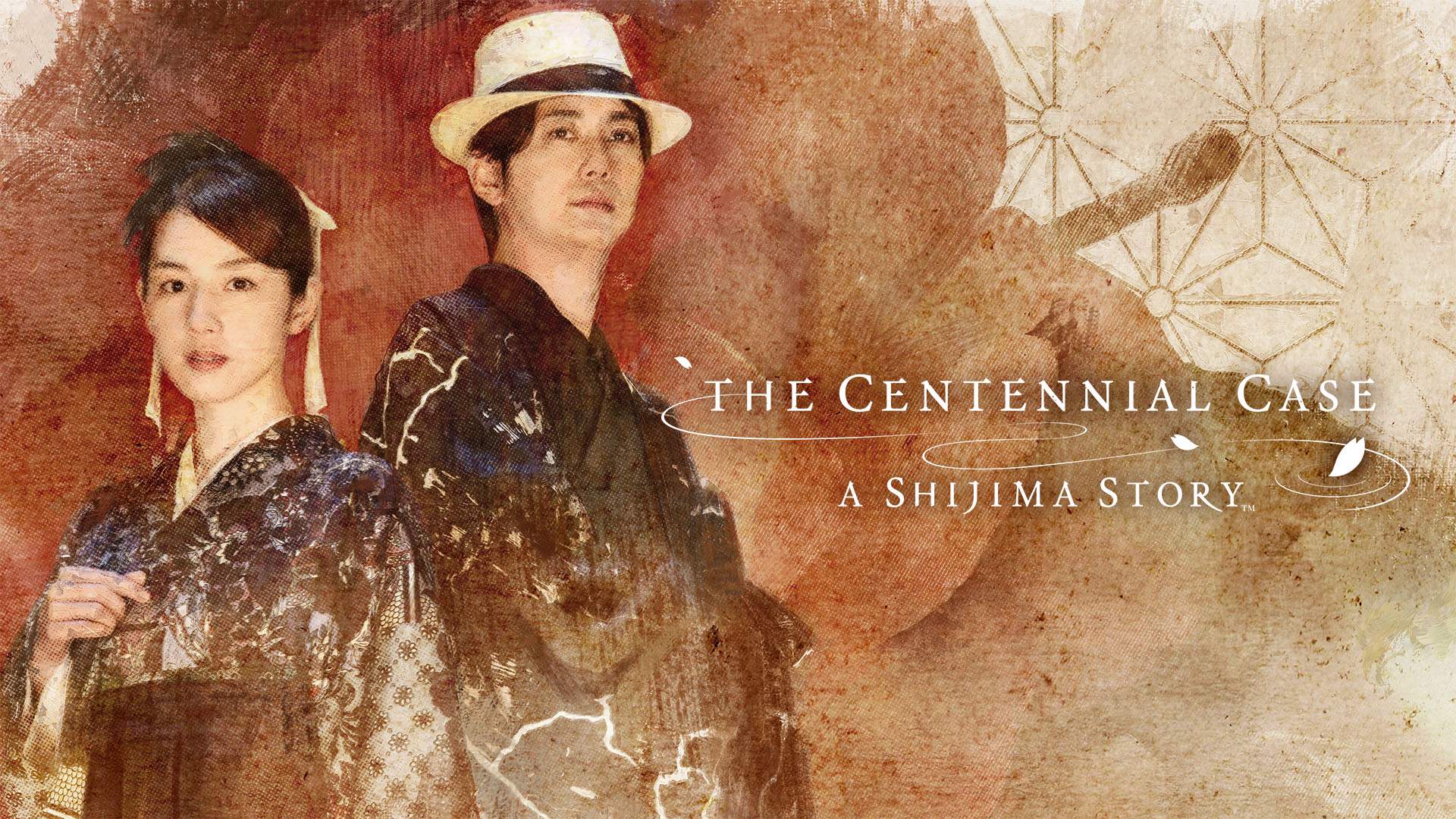The Centennial Case: A Shijima Story
A Long Awaited Genre Revival
One of the first things that gravitate toward games like The Centennial Case: A Shijima Story is how it's grounded through the usage of live drama to convey gameplay elements. Using live-action actors and scenes to convey drama in video games is a more significant niche in 2022 than in the 90s. Classic thriller games like Night Trap and the infamous Phantasmagoria come to mind although later years would lack the luster needed to promote the genre as the decade went on. Interactive movie games continued to flourish in Japan. Games like Alive and Another Mind were such titles. This trend would last into the PSP and PS3 era, with 428: Shibuya Scramble being one of my favorites.
In recent years, the West had picked up a resurgence in the live-action genre with games like Telling Lies and 2015's Need for Speed. In 2020, Death Come True was released by Too Kyo Games which is the closest comparison I can make with The Centennial Case: A Shijima Story. Both titles are "interactive movie games" where the player decides the fate of the characters in the games. The stakes aren't as high in the latter, but this is the first impression so bear in mind I don't know if the wagers are raised. Having finished the prologue and the first chapter, A Shijima Story shows a lot of promise for the FMV revival genre.

If Agatha Christie Was A Live Action Mystery Game
Due to the nature of The Centennial Case: A Shijima Story, I'm going to be very delicate in describing the story thus far. As I mentioned, this game is an "interactive movie," but what does that mean? The prologue does a decent job at easing the player into the game's core gameplay, introducing key characters and the general plot. The protagonist, Haruka Kagami, is a successful mystery novelist enjoying a successful release of her latest novel. When an acquaintance, Eiji approaches her at a book signing, she's tasked to investigate the Shijima family. There's an artifact known as the Tokijiku that is said to grant the user who eats the fruit eternal life. Ironically, this fruit is the cause of several murders over the span of a hundred years.
The prologue begins with a simple premise that begs the player to determine Eiji's lineage without him saying anything about his family situation. As the story progresses, every new character is introduced with a short bio about who they are. In the case of Eiji, he's a "35-year-old cell cycle researcher." Other characters are introduced, including Haruka's editor, Akari, and Eiji's family as they enter the estate. The game gives the player a notification when a relevant clue is revealed, shown on the bottom of the screen. It could be information they reveal about themselves or things that Haruka picks up. Once enough clues are gathered, the 'Reasoning' phase begins.

While The Gameplay Is Simple, It's Easy To Enter "Information Overload"
The 'Reasoning' phase is when the mystery unravels itself, using the clues gathered and piecing them together like a puzzle. Each piece on the Reasoning board consists of a Mystery highlighted in red. The yellow pieces are the clues needed to piece together to form a hypothesis, turning into grey pieces. As enough hypotheses are formed, the player will have enough information to form a Reasoning, shown as a purple piece. In the case of the Prologue, both mysteries are "solved" automatically, but Chapter 1 is when things start to fall in place.
Remember when I mentioned that the Shijima family had endured several murder cases beginning a hundred years ago? Haruka is given a magazine by Akari in order to further investigate the mystery of the Tokijiku. The magazine in question had a snippet of the Shijima story from 100 years ago, involving a different Tokijiku. The only problem is that deciphering the text as the language back then is described as "archaic" with several missing pages due to how old the magazine is. Akari suggests that Haruka envisions herself as the protagonist in the story. Naturally, Haruka begins to piece real-life characters into a fictional story that's based on a true story. This is all to find insight into the larger case, but this is where Chapter 1 begins, in the mind of Haruka's personal fanfiction.

"Sore Wa Chigau Yo!"
Sure enough, Haruka self-inserts herself as a member of the Shijima family, meeting a mysterious man who she inserts Eiji as. It doesn't take long for a murder to unfold and as one can expect it's related to the Tokijiku fruit. The chapter is spent determining who among the three patrons of the mansion had not only murdered the victim but also stolen the fruit. There are several clues meant to throw the player off yet the story does a fine effort to discern the alleged truth from the absurd. To help players, the game remains grounded in reality with a set of rules. There's only one killer and everyone else is an accomplice, paired with "there's no supernatural" hocus pocus at play. Armed with these rules, there's no such thing as a "red herring" or a "dead end."

Everything needed to solve a case is given to the player, even if they didn't catch every clue during the incident phase. Compared to the Prologue, there are at least five times the number of clues and piecing together required. The player is never required to completely fill their hypotheses. So long as they reach a reasoning that can solve the case, it's fair game. The more hypotheses the player has access to, the better their argument will sound. In the case of me finding the killer, during the Solution phase, I messed up on a single question because I misread what was asked of me. Thankfully, failing a solution phase will force the player back to the reasoning phase. Returning to the solution phase will fast forward back to the last checkpoint.

The First Episode Alone Felt Like Something Out Of Scooby Doo
Failure to come to a solution will dock points at the end of the chapter, something I wasn't aware existed until I completed it. Depending on how successful your deduction phase goes, you earn ranks ranging from S for perfection to the lowest possible. Unfortunately, because I got one piece of evidence mixed up, I was docked points and went to an A rank. After a while, I knew who the killer was before it entered the "whodunit" phase. The key is making sure your claims match your clues, something the game tells you through dialogue in the prologue. The "gameplay" in A Shijima Story is largely on autopilot and an experience meant to be observed like a movie.
That said if you're expecting full-on engagement, then The Centennial Case: A Shijima Story is not the game for you. It's an interactive movie with elements of Danganronpa and even Ace Attorney, but every scene is fully acted in real-time. If you have the time to "curl up" with a Visual Novel, this game is in the same realm instead of a novel, it's a film. The acting is great, the story thus far is engaging, and the gameplay parts feel like padding. Regardless, it's an experience that I'd recommend trying and is perfect on the Switch.

The Centennial Case: A Shijima Story is available on the PlayStation 4, PlayStation 5, Nintendo Switch, and Windows

